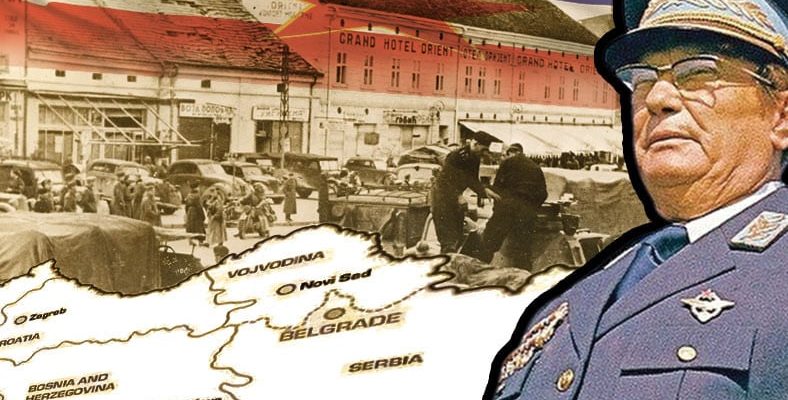Yugoslavia, one of the largest socialist countries of the time, was originally established as a kingdom. Yugoslavia, which is divided into many different countries today, has a rather complicated history. Let’s take a closer look at the extraordinary information about the history of the former Yugoslavia, some of which you will hear for the first time.
Many different states have been established in the history of the world, and many of those established have been destroyed and come to this day as different countries. One of them is Yugoslavia. The Balkans has always been a region known for its complex political structure throughout history. This confusion continued in the 20th century and region called Yugoslavia. In the same century, the political structure changed three times.
Today, there is no country called Yugoslavia because the last civil war caused the establishment of smaller states by provoking the nations in the region with the influence of the western states. Even if we remember it with the confusion of the last century, the history of the region is as old as the history of humanity. Bride about the history of the former Yugoslavia region Let’s take a closer look at the extraordinary information, many of which you will hear for the first time.
Interesting facts about the history of the former Yugoslavia, some of which you will hear for the first time:
- The first settlements in the Yugoslavia region are even older than Rome.
- St. Paul himself spread Christianity in the region.
- Before long, Slavs and Turks came to the Yugoslavia region.
- The Ottoman Empire period was one of the quietest periods in the region.
- The first kingdom, called Yugoslavia, was established in the 20th century.
- Yugoslavia was reborn from the ashes with a socialist administration.
- The Kosovo War was the bloodiest war in recent history.
- The countries that left Yugoslavia continue to exist as many different states.
The first settlements in the Yugoslav region are even older than Rome:
The first settlers in the Yugoslavia region were the Illyrians, a Hun tribe. This group 4th century BC He crossed the Danube and settled in Thrace. Today’s Shkodër region was captured by Alexander the Great’s father. In the next period, after the Dalmatian rebellion against the Illyrian king Gentius, the region passed under the control of Rome.
St. Paul himself spread Christianity in the region:
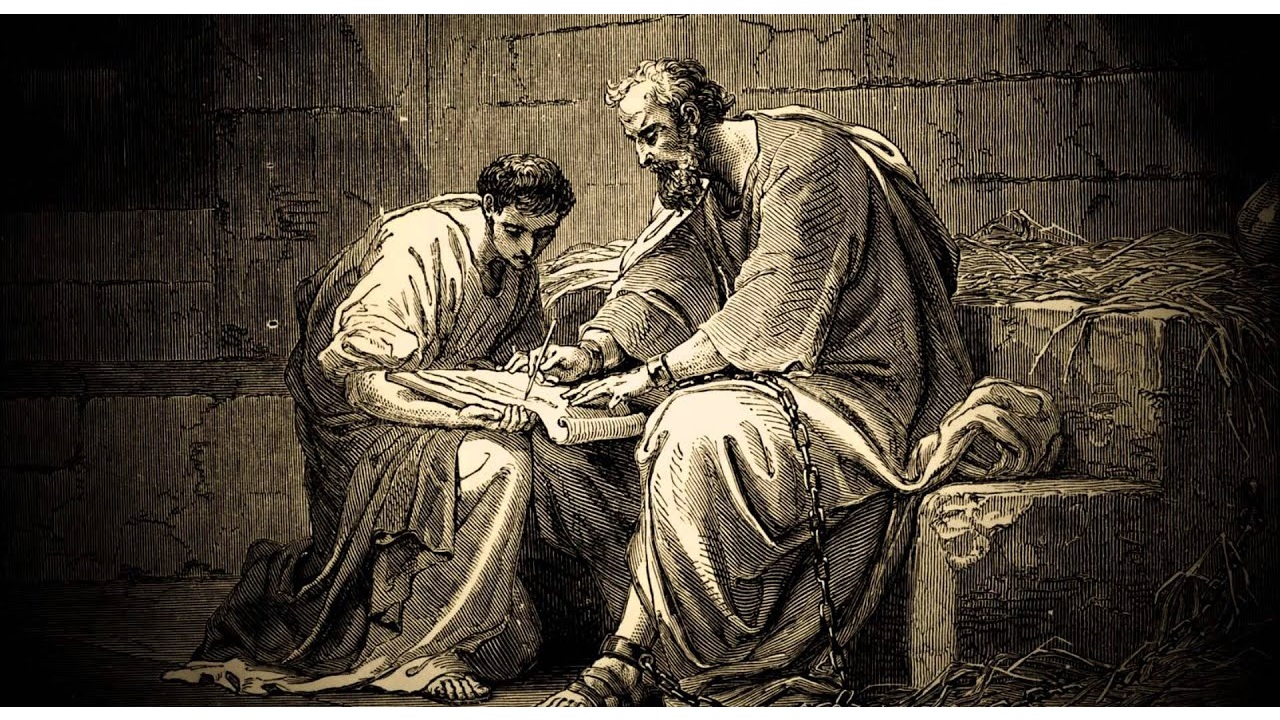
During the Roman Empire, Yugoslavia experienced its first division. When Emperor Theodosius I died in 395, he left the region to his two sons. The spread of Christianity in the region is an interesting story. Because St. Paul, who is accepted as the second founder of Christianity, came to the region with his followers and carried out missionary activities himself. At that time, this was the region with the highest concentration of Christian population.
RELATED NEWS
St. Paul and the Mysteries He Left Behind, An Important Figure Who Was Born in Tarsus and Shaped the History of Religions
Before long, Slavs and Turks came to Yugoslavia:
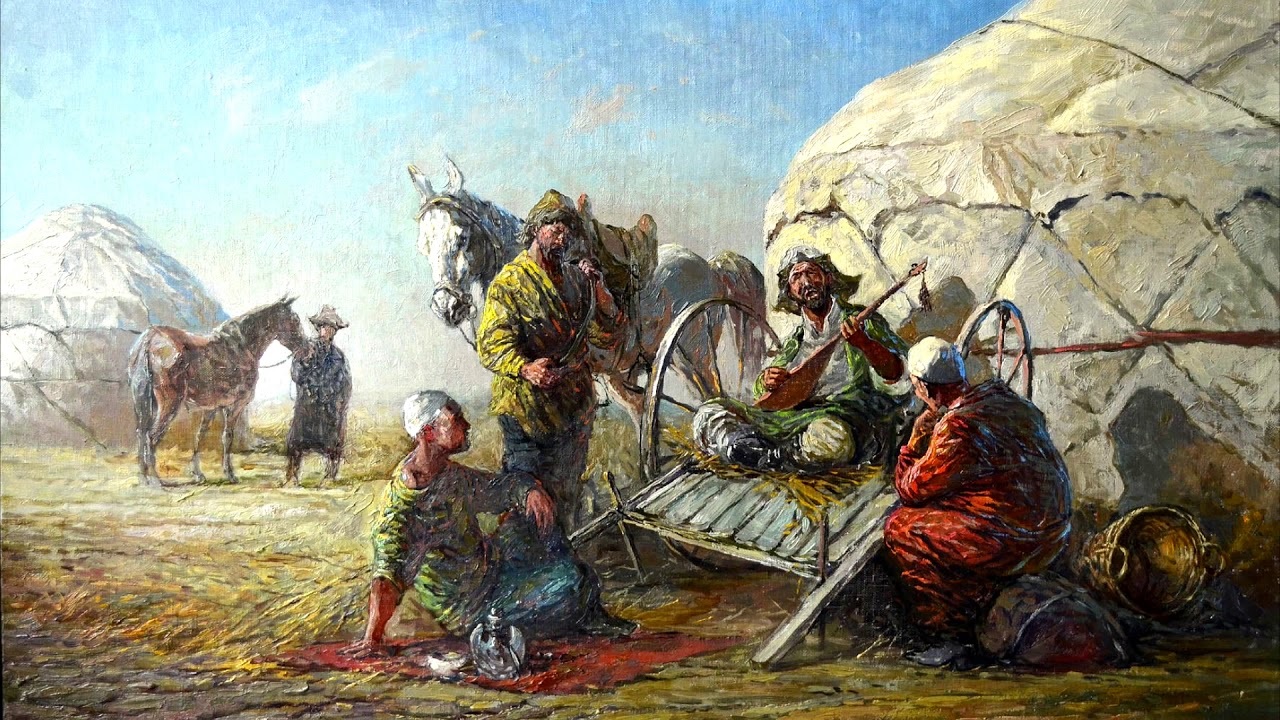
Many different Slavic groups came to the Yugoslavia region in the 5th and 6th centuries. Will be installed later The people of the state of Yugoslavia actually settled in the region during this period. After several centuries of Slavic domination, different Turkish tribes such as Pechenegs, Cumans and Uzs came to the region in the 11th and 12th centuries. These Turkish tribes, which continued their existence actively until the 15th century, traded with Europe. In other words, there are Turks among the founders of the Yugoslavia region.
The period of the Ottoman Empire was one of the quietest periods in the region:
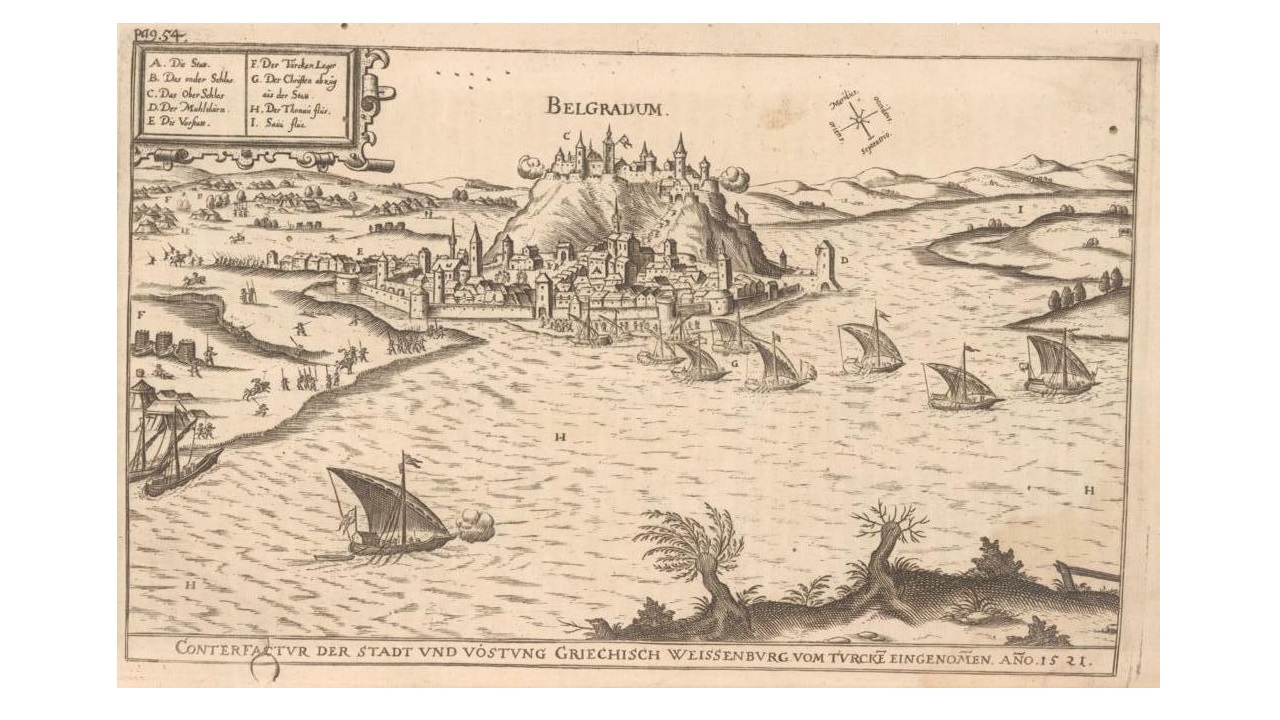
The Ottomans first stepped into Yugoslavia with the First Battle of Kosovo in 1389. Until the 17th century, when the Ottoman Empire was at its strongest The region of Yugoslavia and its surroundings had the quietest times in its history. Unfortunately, the region started to boil in the 18th century due to the provocation of the nationalist ideas that emerged with the French Revolution, and we all know that this boiling continues even today.
The first kingdom, called Yugoslavia, was formed in the 20th century:
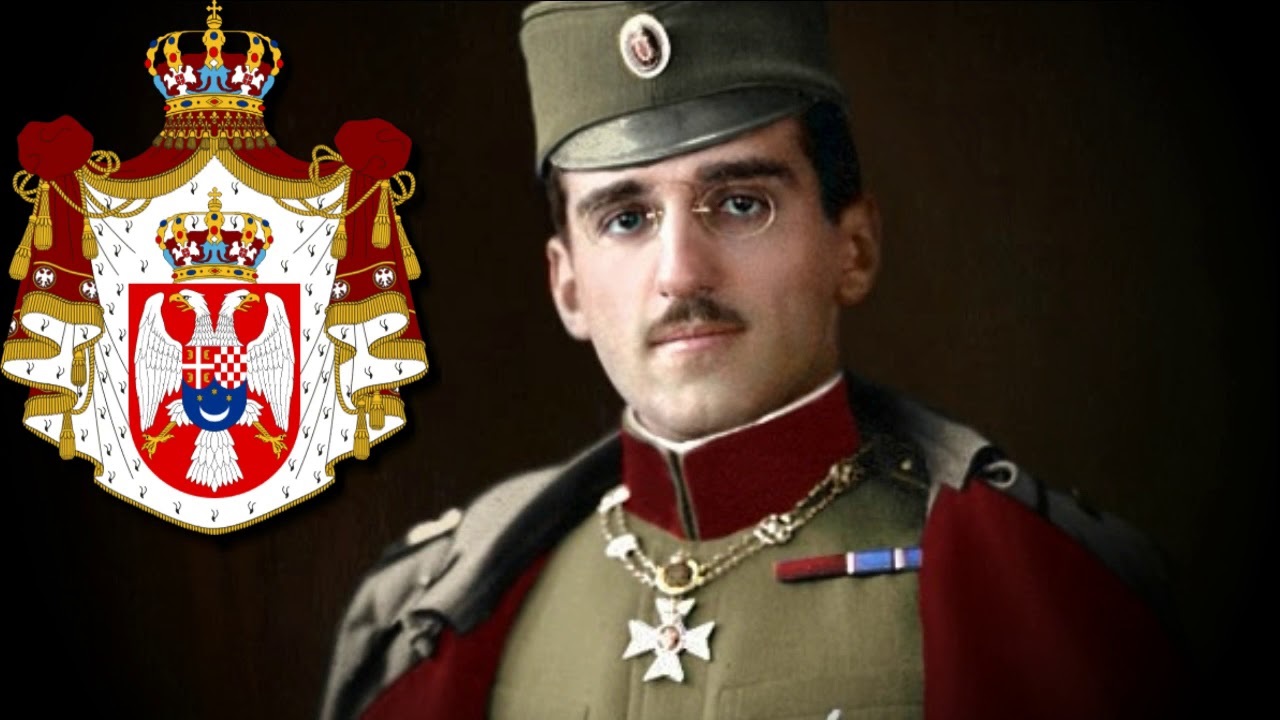
We call the region Yugoslavia because we look at the region from a historical point of view, but until 1929 this region was It was called the Kingdom of Serbs, Croats and Slovenes and similar names. The Kingdom of Yugoslavia was established on October 3, 1929, with the merger of the different states in the region. The Kingdom of Yugoslavia, which played a key role in many important events during the First World War, did not live long.
Yugoslavia was reborn from the ashes with a socialist rule:
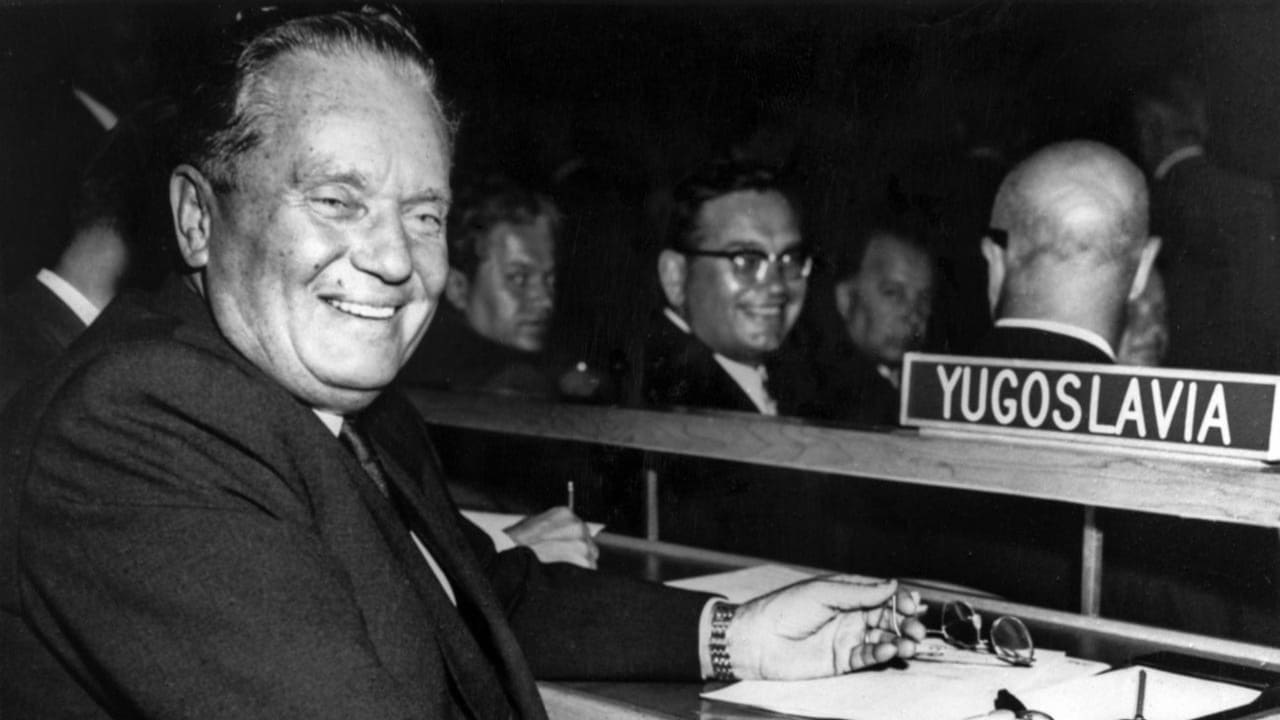
The onset of the Second World War confused the Kingdom of Yugoslavia, like many other countries. Josip Broz Tito In 1942, Yugoslavia convened the Antifascist National Liberation Council. and both fought against the Nazis and gathered different nations that were in conflict with each other in the region under one roof. The Socialist Democratic Federal Yugoslavia was established in 1943 and a long period of peace began in the region.
The country was renamed the Federal People’s Republic of Yugoslavia in 1946 and finally in 1963. It was renamed the Socialist Federal Republic of Yugoslavia. After Tito’s death in 1980, unfortunately Yugoslavia broke up. What happened after its disintegration was the bloodiest event in the recent history of the world.
The Kosovo War was the war in which the bloodiest events in recent history took place:
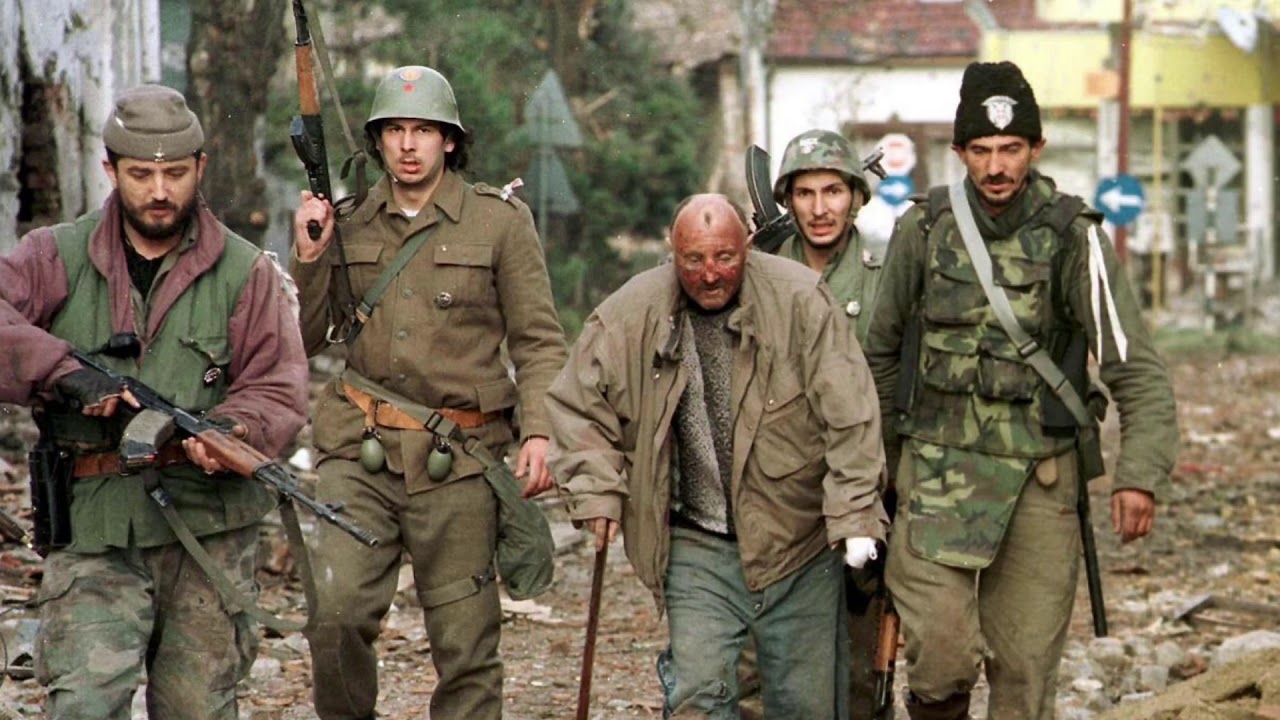
When the Socialist Federal Republic of Yugoslavia collapsed, Serbia and Montenegro decided to continue Yugoslavia. However, there were former Yugoslavia states that opposed this situation and wanted to be independent. The troops in the Kosovo region were opposed to the Serbian-ruled state, which was established based in Belgrade.
The Kosovo Liberation Army, which was established in Kosovo, wanted independence, but the Serbian administration did not allow this situation. The Kosovo War took place between 1998 and 1999. In the modern world, in front of all civilization, in the middle of Europe, unfortunately, incredible events took place during this seemingly short period of time. Kosovo declared its independence only in 2008.
The countries that left Yugoslavia continue to exist as many different states:
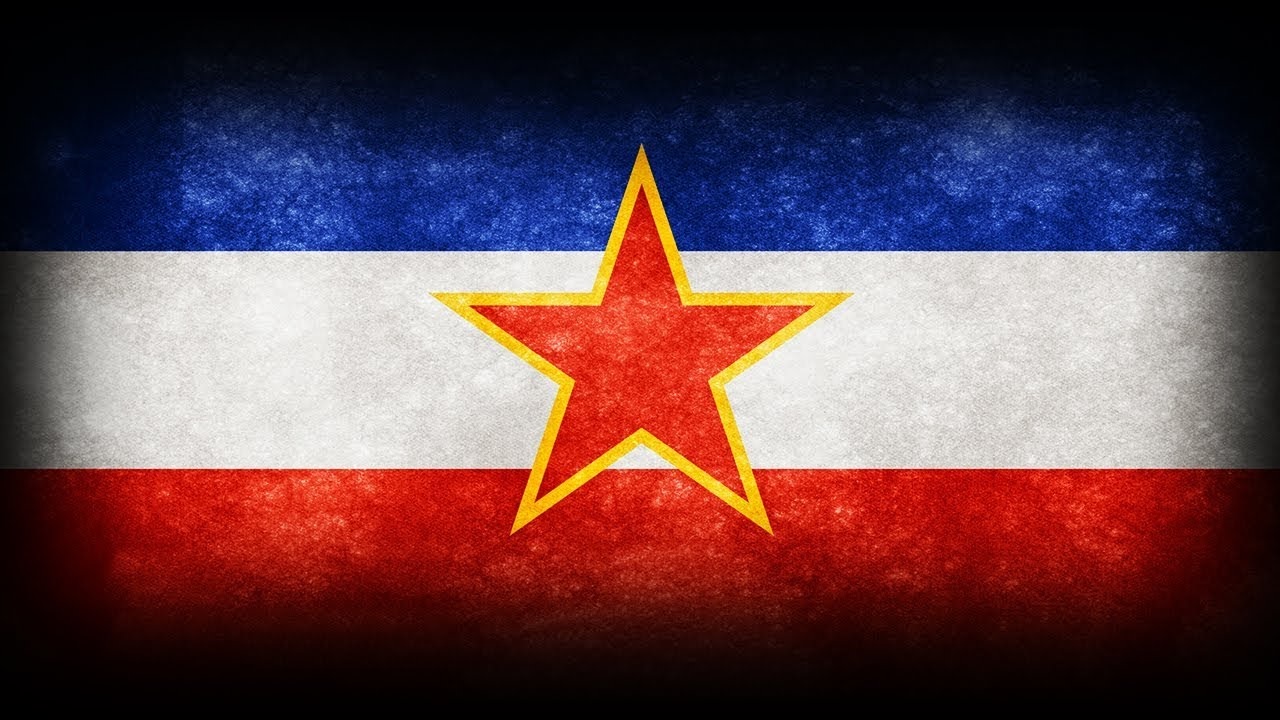
After the collapse of the Socialist Federal Republic of Yugoslavia, many civil wars took place in the region. During these wars, new states were established and some of them later disintegrated. Some of the countries that left Yugoslavia are:
- Croatia, which was founded in 1991 and still exists today
- Herzegovina – Bosnia and Croat Republic, founded in 1992 and dissolved in 1994
- Serbia – Montenegro, founded in 1992 and disbanded in 2006
- Republika Srpska, founded in 1992 and still exists today
- Republika Srpska Krayina, founded in 1991 and disbanded in 1995
- Bosnia and Herzegovina, founded in 1992 and disbanded in 1998
- North Macedonia, which was founded in 1991 and still exists today
- Slovenia, which was founded in 1991 and still exists today
- Montenegro, which was founded in 2006 and still exists today
- Kosovo, which was founded in 2008 and still exists today
Once one of the largest socialist countries in the world We talked about extraordinary information about the history of the former Yugoslavia, some of which you have heard for the first time. It is a historical fact that should be a lesson to all of us, that Yugoslavia’s most peaceful times were the times when they lived under a single identity without dividing each other.
